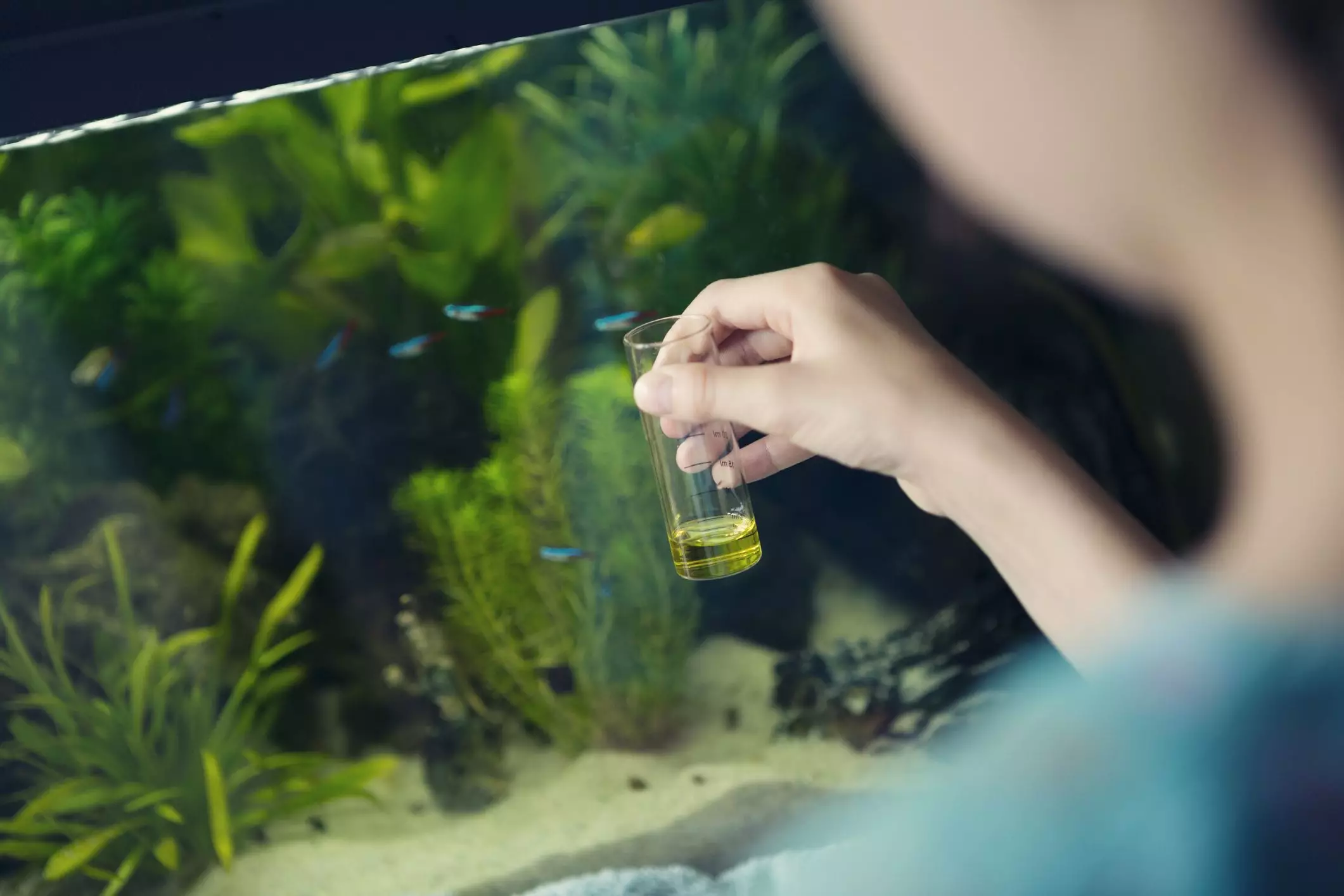Aquarium keeping is one of the most rewarding hobbies, yet it can also be daunting for both beginners and seasoned aquarists. An array of tasks must be undertaken to provide a stable environment for aquatic life, where water quality is paramount. Among the various factors affecting fish health, ammonia levels, algae growth, and overall water chemistry warrant particular scrutiny. This article delves into why understanding these elements is vital for maintaining a thriving aquarium.
The Perils of Ammonia Build-Up
Ammonia is a toxic byproduct of fish metabolism. It is a natural element produced whenever fish eat and expel waste. If allowed to accumulate in the water, ammonia can lead to dire consequences, often resulting in fish mortality. New aquarium setups are especially susceptible to ammonia poisoning, as it takes time for beneficial bacteria to establish themselves and begin breaking down waste products effectively. The nitrogen cycle plays a crucial role here, where ammonia must first be converted into nitrite and then into less harmful nitrate by specific bacteria.
This cycle can be complicated when new fish are introduced into an established tank, especially if done in large numbers in a short period. Such spikes in ammonia may outpace the bacteria’s capacity to convert it, leading to dangerous levels. Moreover, factors like filter failure, medication-induced disturbances, or significant water parameter changes can also result in rising ammonia levels. Therefore, routine water testing for ammonia is essential in safeguarding fish health and preempting ammonia-related disasters.
Understanding Algae Growth: A Double-Edged Sword
Algae growth is an inevitable phenomenon in fish tanks; while some algae can be beneficial, excessive growth can cause trouble. Algae incidents arise due to a variety of factors including nutrient overloading from overfeeding, excessive light exposure, or insufficient water changes, which create an environment ripe for algae proliferation. It can obstruct light penetration needed by aquatic plants and, in extreme cases, lead to the depletion of oxygen levels at night.
Aquarists can address algae issues through several methods. Implementing an algae-eating fish species can provide natural control, while chemical treatments are also available for severe infestations. However, prevention should always be prioritized. Maintaining an appropriate feeding schedule, ensuring adequate water circulation, and positioning the aquarium to regulate light exposure can significantly mitigate the growth of excess algae.
One common debate in the aquarium community revolves around the necessity of water testing. While some aficionados favor a hands-off approach, others believe in constant monitoring. Water testing becomes especially valuable during times of stress or sudden die-offs. Key parameters to test include ammonia, nitrite, nitrate, pH, and levels of harmful substances such as chlorine or copper.
In a newly established aquarium, testing should ideally occur on a daily basis as the nitrogen cycle stabilizes. For established tanks, regular testing every few weeks can help ensure that water remains safe for aquatic life. Accessible testing kits—available at pet stores—can enhance an aquarist’s capacity to maintain healthy conditions and respond swiftly to any troubling shifts in water chemistry.
Cloudy Water: Causes and Solutions
Cloudy water is another common issue that aquarists may face, arising from various potential sources. In new setups, residual debris from substrate or a bloom of bacteria can trigger cloudiness. Conversely, overfeeding or dirty filters can lead to similar scenarios in established aquariums. It is crucial to identify the source of the cloudiness before applying a remedy; improper treatment could worsen the problem.
Filtration systems must be maintained regularly to avoid clogs that inhibit their effectiveness. Conducting partial water changes can help restore clarity by removing suspended particles. Investigating the nature of the cloudiness and applying appropriate remedies ensures the aquatic environment remains conducive for its inhabitants.
The materials within the aquarium, including rocks and substrate, can alter water chemistry significantly. Not all rocks are created equal, and many may leach minerals that affect pH and hardness. For those looking to use natural rocks, a simple vinegar test can reveal whether they might affect water chemistry adversely.
Utilizing inert materials such as quartz gravel can help maintain stable conditions in a freshwater aquarium. By understanding how various materials interact with the water, aquarists can prevent unwanted fluctuations that might distress fish.
While water changes are critical for maintaining a healthy aquarium, they must be conducted with care. Sudden changes to water temperature, pH, and overall chemistry can negatively impact fish health. Ideally, anyone attempting to change water should ensure it matches the existing aquarium quality before adding it.
Gradual adjustments help minimize stress. Regular monitoring and preparation prior to undertaking water changes are vital steps for fostering an aquarium environment that enhances fish well-being.
Successful aquarium maintenance is dependent upon a wide array of factors, from being vigilant about ammonia levels to managing algae growth effectively. By understanding the intricate relationships between fish, their environment, and the laws of water chemistry, aquarists can cultivate thriving aquatic ecosystems that flourish for years to come.

